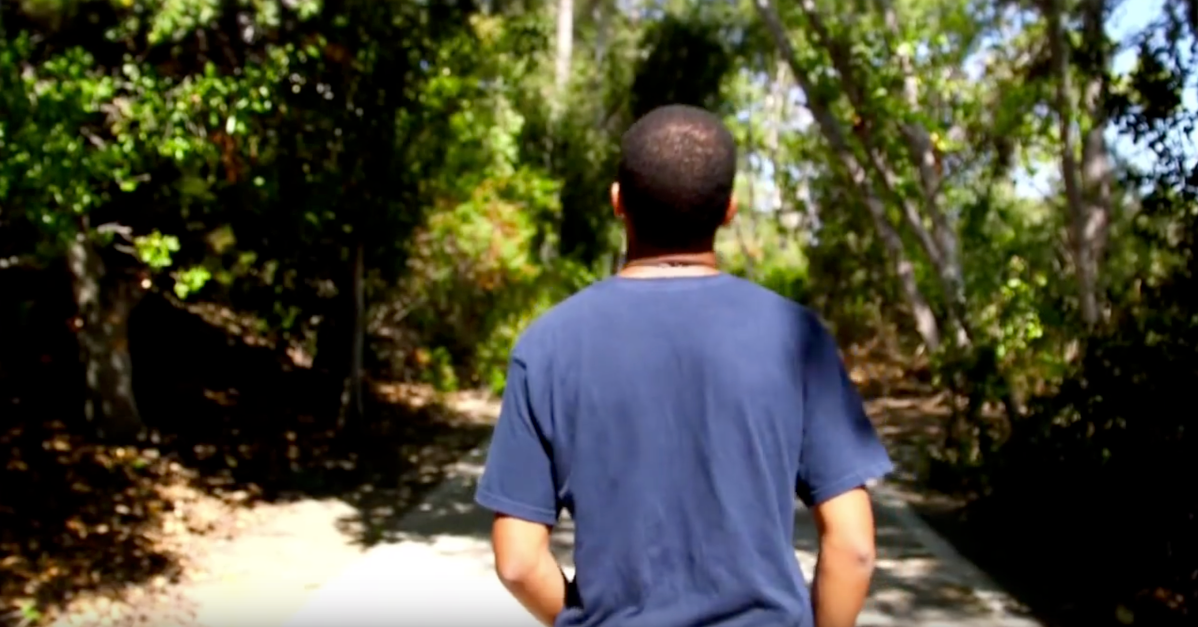Serving Youth Caught Between the Juvenile Justice and Child Welfare Systems
With its Crossover Youth Practice Model, the McCourt School’s Center for Juvenile Justice Reform is working to improve outcomes for young people who find themselves moving back and forth between the child welfare and juvenile justice systems.

Serving Youth Caught Between the Juvenile Justice and Child Welfare Systems
With its Crossover Youth Practice Model (CYPM), the McCourt School of Public Policy’s Center for Juvenile Justice Reform (CJJR) is working to improve outcomes for young people who find themselves moving back and forth between the child welfare and juvenile justice systems.
Fluctuating between the systems increases the likelihood that young people will become more deeply entrenched in one if not both of the systems, which ultimately results in more abysmal outcomes for these individuals, says Macon Stewart, who oversees the implementation of the model as CJJR’s deputy director of multi-system operations.
Launched in 2010, the CYPM helps local communities throughout the United States to implement a formalized case management system that better identifies and assists “crossover youth,” or young people who have experienced some form of abuse and/or neglect, have engaged in acts of delinquency and then find themselves moving between the child welfare and juvenile justice systems.
“The model seeks to create a mechanism by which communities are able to enhance how they serve these young people, and that includes such things as having a formalized process for identifying who these young people are and for impacting different areas along the trajectory that a young person faces when they’re engaging with those systems,” Stewart says.
A Team Approach
Since the model was developed, CJJR has worked with more than 100 counties in 23 states. The model’s team approach, which includes child welfare, juvenile justice, behavioral health and education systems, also integrates the voices of the young people it serves as well as their families. The idea is to better support youth in the decision-making and planning process around their lives.
One community that CJJR has worked with to implement the CYPM is Prince George’s County in Maryland, where the Departments of Social Services (DSS) and Juvenile Services (DJS) are now in much better communication and making more informed decisions around crossover youth.
“We are no longer duplicating services,” says Kwabena Tuffour, who works with DJS as the metro intake director for both Prince George’s and Montgomery Counties in Maryland. “Prior to this model we had no idea what DSS was doing, but because we are working very close together—we attend hearings together, we attend staffings on both ends—we know exactly what services the child is receiving on the DJS and the DSS side.”
For example, Tuffour says DJS staff can now more easily locate youth after they receive a police report because it is now easier to contact foster parents or DSS staff. This often prevents a child’s case from being automatically forwarded to the state’s attorney’s office if a young person fails to show up for an intake conference where DJS staff decide how to proceed with that child’s case.
Outcome Measures
Better communication between youth-serving agencies is one of many outcomes that the CYPM is trying to achieve. Other impact measures include reductions in recidivism, a decrease in the number of young people who are being arrested, and a reduction in the number of young people who are placed in group homes or out-of-home settings. Research shows that youth who are placed with families have a lower likelihood of engaging with law enforcement, Stewart says.
CJJR is collecting data to measure CYPM’s impact and to inform its future implementation. Stewart says the center will continue to expand the model’s reach into communities throughout the U.S., helping to launch sustainable and more fully integrated systems, “so that once Georgetown completes their support of implementation of the model, the work will remain solid and intact.”